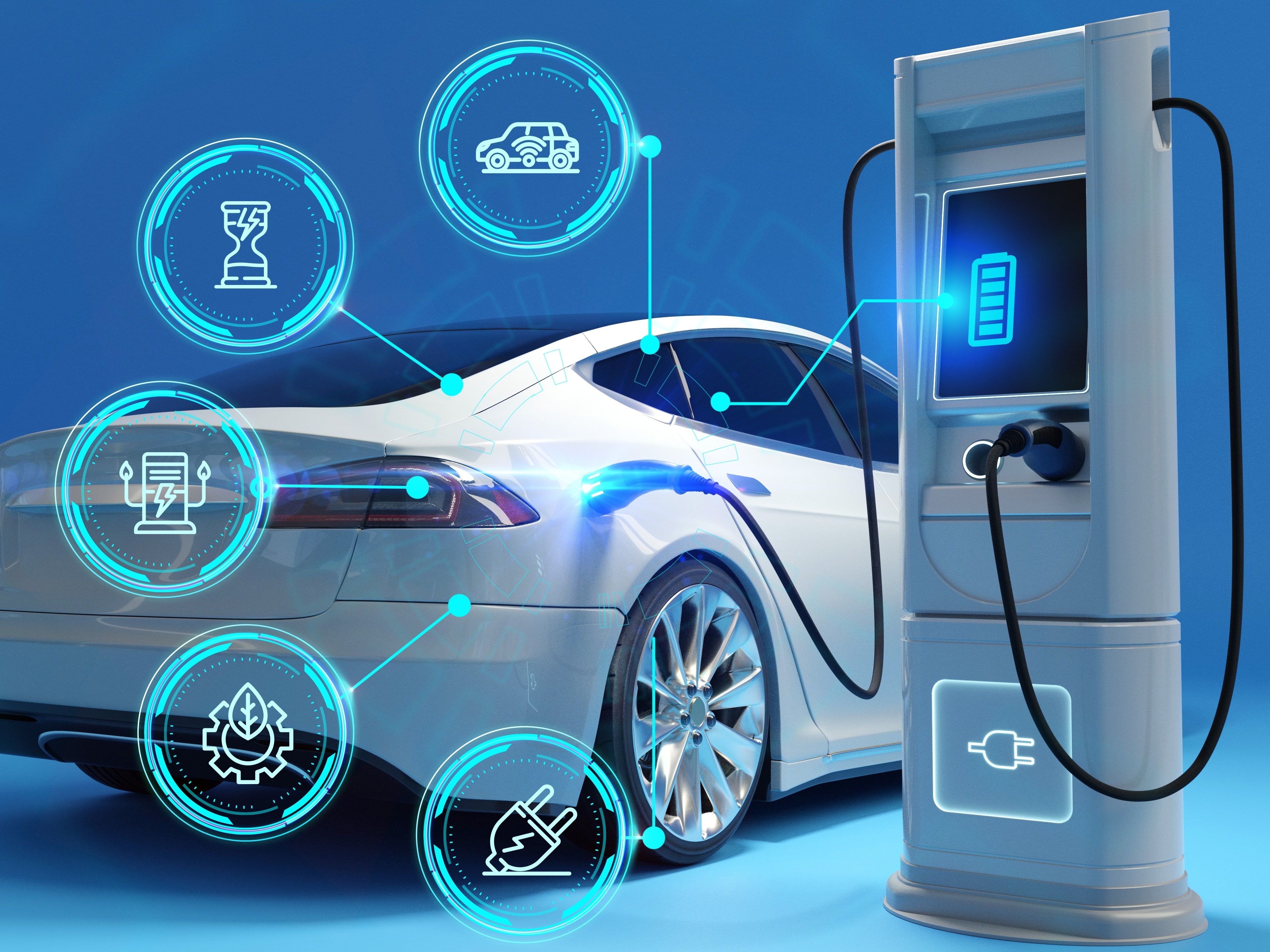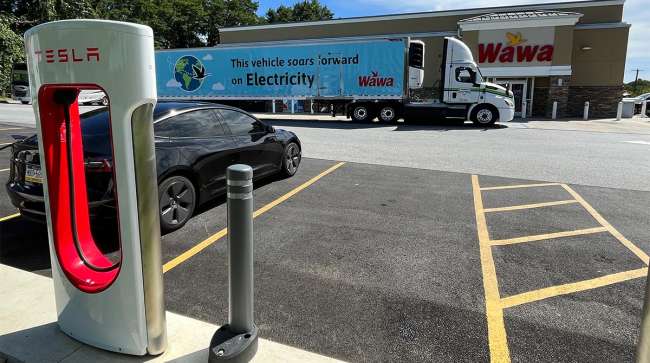Practical EV Billing Terminal Installation for Seamless Electric Vehicle Usage
The setup of convenient EV charging stations plays a pivotal role in the more comprehensive adoption of electric lorries, resolving essential challenges such as array anxiety and user ease of access. By recognizing the different kinds of charging terminals and the setup procedure, stakeholders can make enlightened choices that improve both public and residential billing facilities. This not only advertises sustainable transportation yet likewise fosters a seamless experience for electrical car individuals. Yet, as the need for electric movement remains to grow, one need to take into consideration the essential factors that affect successful implementation and long-term stability.
Value of EV Billing Terminals
As electrical vehicles (EVs) gain popularity, the facility of EV billing stations has actually come to be progressively important for supporting this shift to sustainable transport. The proliferation of billing infrastructure plays an important role in alleviating variety anxiety among potential EV customers, ensuring that they have accessible options for reenergizing their lorries. This availability is important for developing consumer self-confidence and encouraging larger adoption of electric mobility services.
In addition, the deployment of billing terminals is integral to the advancement of smart cities and the enhancement of metropolitan atmospheres. By tactically positioning billing points in property, commercial, and public rooms, cities can facilitate smooth integration of EVs into every day life. This adds not just to decreasing greenhouse gas emissions however also to improving air quality and reducing dependence on nonrenewable fuel sources.
In addition, the development of EV billing stations sustains financial growth by developing jobs in installation, upkeep, and procedure of these facilities. It also opens chances for advancement in energy management and eco-friendly power integration. In summary, the importance of EV charging terminals prolongs past mere convenience; they are a fundamental element in the transition to a lasting, energized transport community.
Types of Billing Terminals
The facility of EV billing facilities incorporates different sorts of billing stations, each designed to satisfy various requirements and use situations. Broadly, these stations can be classified into 3 classifications: Degree 1, Level 2, and DC Fast Charging.
Degree 1 billing terminals use a common 120-volt outlet, making them the most available choice for domestic use. While they give a slow fee, generally including regarding 4-5 miles of range per hour, they are optimal for over night charging in your home.

Level 2 charging terminals operate at 240 volts and use a much faster charging service, adding approximately 25 miles of variety per hour. These terminals are generally located in public places such as shopping mall, workplaces, and city environments, facilitating quick top-ups during daily errands.

Recognizing these types of charging stations is essential for optimizing electrical car usage and boosting the general driving experience.
Installation Refine Summary
Setting up an EV charging station includes a methodical method that makes certain safety and security, efficiency, and conformity with local laws. The procedure usually begins with a site assessment by best site a certified installer. This analysis determines the optimal location for the charging terminal, taking into consideration variables such as access, closeness to the electrical panel, and potential lorry use patterns.
As soon as the site evaluation is total, the installer will supply recommendations on the kind of charging terminal ideal suited to the certain requirements of the user, whether household or business. This phase might entail selecting in between Level 2 battery chargers for faster charging dc or times quick chargers for high-demand circumstances.
After safeguarding the required licenses, the installation stage begins. This includes installing the billing system, attaching it to the electric supply, and ensuring that all circuitry is compliant with neighborhood codes. Safety and security measures, such as breaker and grounding, are focused on to alleviate dangers.
Benefits of Home Charging
Home billing deals numerous benefits for electrical car (EV) proprietors, improving benefit and cost-effectiveness. Among the key advantages is the capacity to charge lorries overnight, allowing chauffeurs to begin every day with a completely billed battery without the demand for constant quits at public billing stations (EV charging station installation lockhart, tx). This technique significantly reduces array stress and anxiety, making it possible for customers to concentrate on their daily regimens instead of billing logistics
Furthermore, home charging can be a lot more cost-effective than depending on public billing stations. Property owners can benefit from reduced energy rates throughout off-peak hours, which directory can bring about substantial cost savings over time. Several utility business supply motivations or rebates for setting up home billing stations, making the first investment much more economically practical.

Public Charging Solutions
Various public billing services have emerged to meet the growing need for electrical automobile (EV) facilities, facilitating hassle-free access for motorists on the move. As urban locations increase and the variety of EVs increases, the demand for easily accessible charging stations has come to be vital. Public charging services consist of Degree 2 chargers, typically found in shopping centers and parking lot, and DC quick battery chargers, tactically positioned along highways for fast charging during long journeys.
Personal firms and many communities are purchasing charging networks, frequently offering apps that help users situate close-by terminals, check accessibility, and screen billing status. These networks likewise supply different repayment choices, making it easier for drivers to charge their vehicles without difficult processes. In addition, some locations are incorporating billing stations into existing infrastructure, such as lampposts and road furniture, maximizing comfort and reducing the requirement for dedicated space.
In addition, collaborations in between car visite site manufacturers and billing suppliers are cultivating the growth of substantial charging networks that enhance the overall EV experience. By improving public billing options, we can sustain the shift to electric movement, minimize array anxiousness, and promote sustainable transportation.
Verdict
To conclude, practical EV charging station installment plays an essential function in promoting electrical vehicle fostering and boosting customer experience. By attending to variety anxiety with varied billing options, both at home and in public settings, a robust electric wheelchair community is fostered. The value of detailed website evaluations and compliance with security regulations can not be overstated, as they make sure effective installations that sustain sustainable transport initiatives and encourage users to welcome electrical wheelchair confidently.
By recognizing the various kinds of charging terminals and the installation process, stakeholders can make educated choices that improve both property and public charging facilities.As electric lorries (EVs) gain popularity, the facility of EV billing terminals has ended up being increasingly crucial for supporting this change to sustainable transportation - EV charging station installation lockhart, tx. One of the main advantages is the capacity to charge vehicles overnight, permitting motorists to start each day with a totally billed battery without the demand for regular stops at public charging stations.Furthermore, home charging can be a lot more affordable than relying on public charging terminals.Personal firms and numerous towns are investing in charging networks, often offering applications that assist users situate neighboring stations, check accessibility, and display charging standing